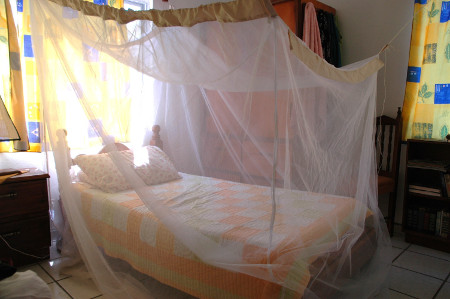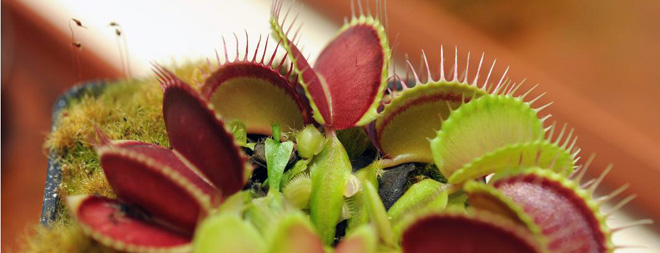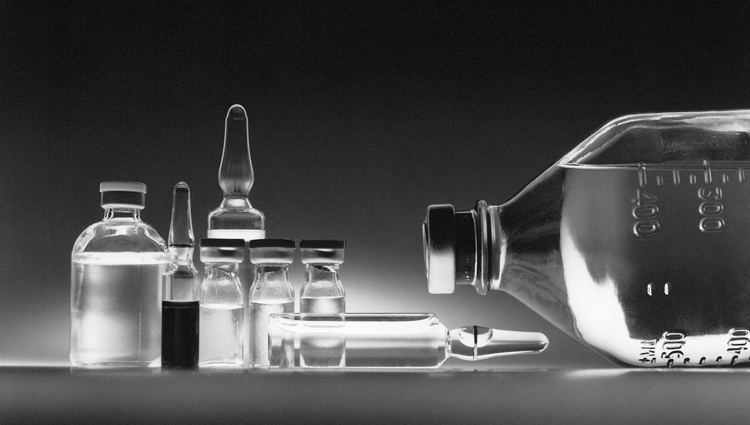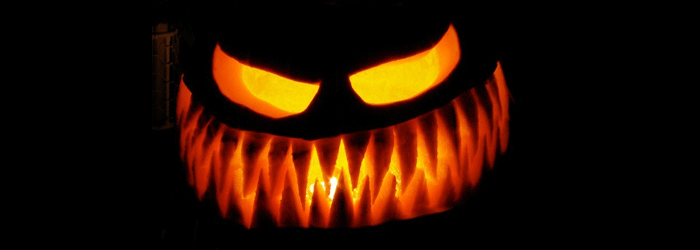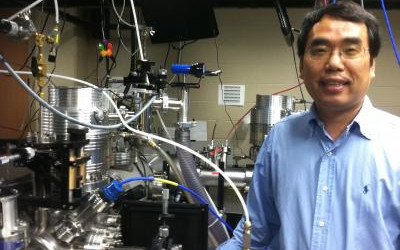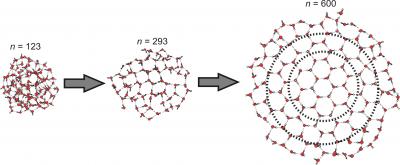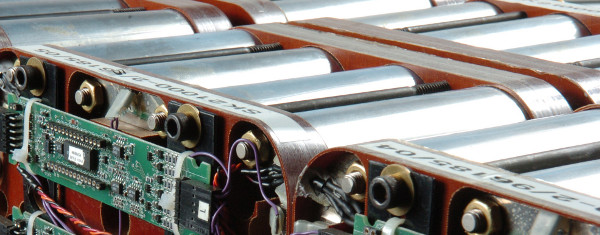
Building a Better Battery
Inside Science, December 2012Lithium-ion batteries generate electricity when tiny charged lithium atoms move from a negatively charged electrode to a positively charged one. As the battery charges, the lithium atoms move in the opposite direction. The problem is that with each cycle of charging and discharging, the battery’s electrodes degrade and the battery’s capacity drops. To fix this dying battery dilemma, scientists need to see what’s happening inside the battery in realtime at a resolution of one billionth of a meter — something that hasn’t been possible until just recently.
